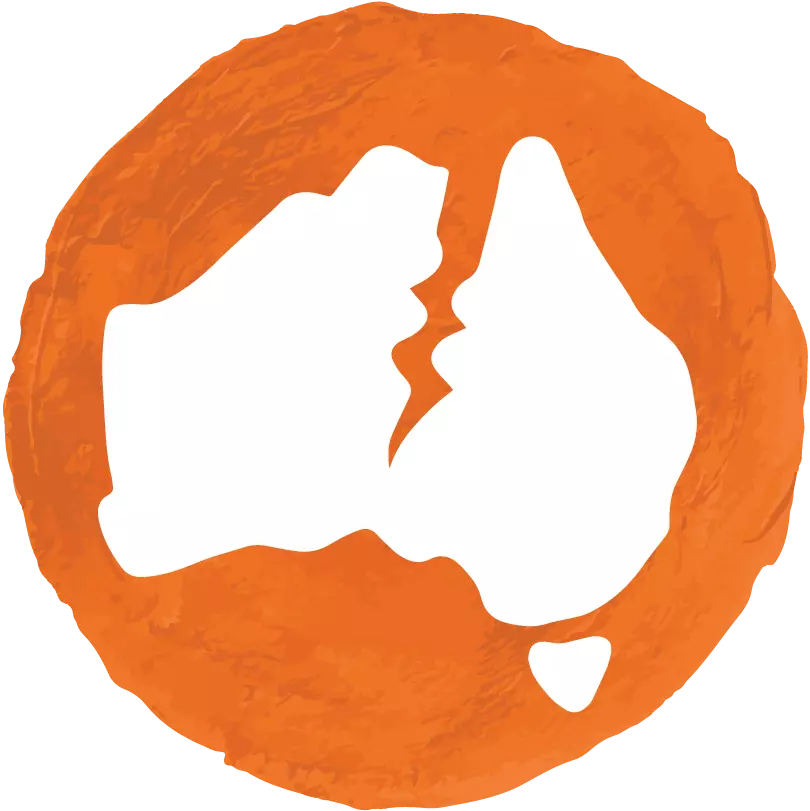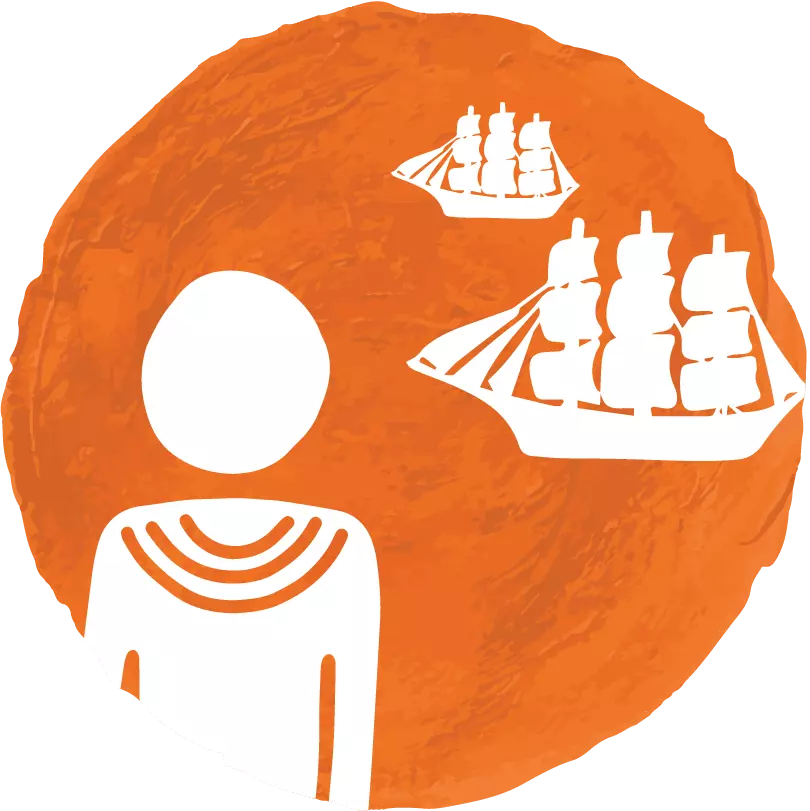For many people, recognising Australia Day only includes one perspective and doesn’t take into account what happened on this day in 1788 and the ongoing impact of colonisation on First Nations people, and society today. To better understand the differing perspectives of Aboriginal and Torres Strait Islander people on Australia Day we need to understand our history.
“People in this country need to share an understanding of our past and how this influences our present … Once everyone knows where we’re coming from, we can decide where we’re going, together.” Lidia Thorpe, DjabWurrung Gunnai Gunditjmara woman and Greens Senator (Gregoire 2022).
What’s Australia Day and why do we celebrate it?
Australia Day (January 26) is our national day, which marks the anniversary of the arrival of the First Fleet in Australia. In 1770, while Lieutenant James Cook was on his voyage to observe the Transit of Venus, he was ordered to find new land for the British Crown. Cook ‘found’ new land, being what we now call Australia, and claimed it terra nullius or land belonging to no-one. With the doctrine of terra nullius in hand, 11 convict ships from Great Britain sailed into what’s now Port Jackson in New South Wales on January 26, 1788. Shortly after their arrival, Captain Arthur Phillip made his way to the shore and raised the British flag claiming the land in the name of King George III. The raising of the Union Jack signalled the beginning of British colonisation and the taking of land that First Nations Peoples had lived on and cared for, for many thousands of years.
Continue reading
Enjoy access to free resources
Register nowAlready registered? Login

 The Wound
The Wound
 Our History
Our History
 Why Me?
Why Me?
 Our Cultures
Our Cultures
 My Response
My Response






